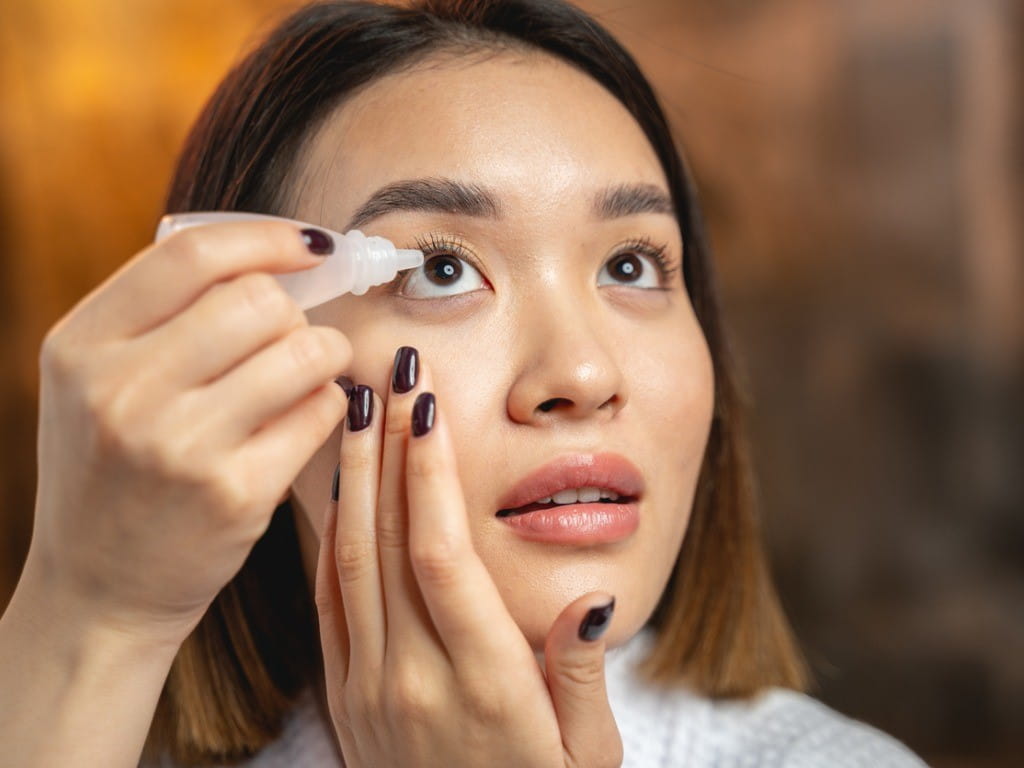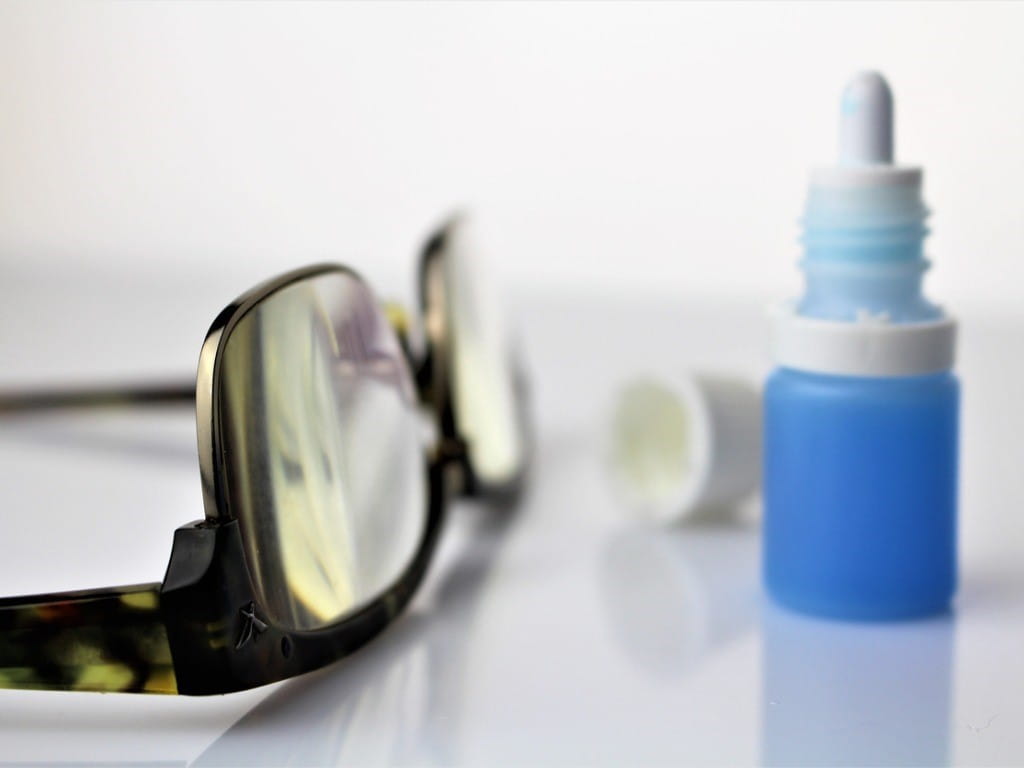What Happens When You Swallow Eye Drops?

The Bottom Line
Over-the-counter anti-redness eyedrops are used to treat irritated, red eyes. When consumed by mouth, they can result in serious toxicity and even death.

How do anti-redness eyedrops work?
Red eyes are the result of swelling of blood vessels in the conjunctiva (the membrane covering the surface of the eye and the inner eyelids). This swelling can be caused by a range of conditions, including conjunctivitis, allergies, and fatigue. Over-the-counter anti-redness eye drops contain decongestant medications that reduce the swelling of these blood vessels. The most common decongestant medication is tetrahydrozoline, which is the active ingredient in Visine and Murine eye drops.Are anti-redness eye drops poisonous if swallowed?
Tetrahydrozoline is similar to a commonly used blood pressure-lowering medication called clonidine. When swallowed, tetrahydrozoline can cause sleepiness, low blood pressure, and a dangerously slow heart rate. Young children who consume small amounts of tetrahydrozoline eye drops (as little as ½ teaspoonful) can develop sleepiness and difficulty breathing. Teenagers and adults who drink larger amounts can develop heart rhythm abnormalities and breathing problems that can be life-threatening. Symptoms have been reported in cases where tetrahydrozoline eye drops reached the gastrointestinal tract by draining down tear ducts.
In 2023, 771 exposures to tetrahydrozoline eye drops were reported to US poison centers. About 40% were children 5 years of age or younger, and about a third were treated in healthcare facilities. Despite its reputation as a gastrointestinal irritant, diarrhea is not a common side effect of tetrahydrozoline.
What to do if you drink eye drops
If you or a loved one drank eyedrops or nasal decongestant sprays by accident or on purpose, do not wait for symptoms to occur. Immediately use the webPOISONCONTROL online tool or call 1-800-222-1222. Both options are free for the public, and available 24 hours a day.Kelly Johnson-Arbor, MD
Medical Toxicology Physician
Revised William G. Troutman, PharmD
Professor of Pharmacy Emeritus
Poisoned?
Call 1-800-222-1222 or
Prevention Tips
- Always use anti-redness eyedrops according to the package label; never drink these products.
- Because anti-redness eye drops are often sold without child-resistant packaging, it is very important to keep these products far away from the reach of young children.
- Anti-redness eye drops are intended for occasional use. If you need to use them often, see your eye care specialist because this might indicate a serious eye problem.
This Really Happened
A 64-year-old man was found dead in his home; the cause of death was initially presumed to be falling down a flight of stairs. When his autopsy revealed a high concentration of tetrahydrozoline in his system, investigators interviewed his wife, who admitted that she had been adding eye drops to his food to make him sick, like a scene in the movie “Wedding Crashers.” The wife was convicted of voluntary manslaughter and tampering with a food or drug and is currently serving a 25-year prison sentence (from Lee, 2022).
For More Information
References
Poisoned?
Call 1-800-222-1222 or
Prevention Tips
- Always use anti-redness eyedrops according to the package label; never drink these products.
- Because anti-redness eye drops are often sold without child-resistant packaging, it is very important to keep these products far away from the reach of young children.
- Anti-redness eye drops are intended for occasional use. If you need to use them often, see your eye care specialist because this might indicate a serious eye problem.
This Really Happened
A 64-year-old man was found dead in his home; the cause of death was initially presumed to be falling down a flight of stairs. When his autopsy revealed a high concentration of tetrahydrozoline in his system, investigators interviewed his wife, who admitted that she had been adding eye drops to his food to make him sick, like a scene in the movie “Wedding Crashers.” The wife was convicted of voluntary manslaughter and tampering with a food or drug and is currently serving a 25-year prison sentence (from Lee, 2022).
